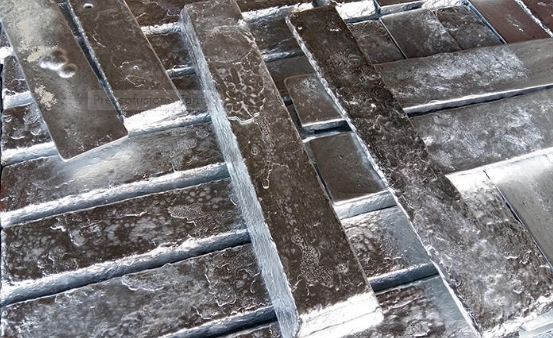zamak die casting is an advantageous process because it fully exploits the characteristics of the alloy in question, which are highly performing and unique in the sector. zamak(Z-Zinc, A-Aluminum, MA-Magnesium, K-Copper in the German language), is in fact an alloy composed mainly of high purity zinc mixed with small percentages of aluminum, magnesium and copper. The contribution of these last elements confers hardness and resistance to zinc, which otherwise would be fragile and not very resistant.
Initially it was used for decorative applications or contour pieces. Over time, however, the league has improved and been able to perform more important functions. The mechanical properties of zamak are now comparable to those of other high-performance casting materials such as aluminum, magnesium and brass. In particular, with zamak die-casting better finishes, precise walls and ribs can be obtained because it is a particularly uniform alloy, which does not require subsequent processing.
The high fluidity and low melting point of the zamak allows to obtain products with minimum tolerance limits and complex shapes, which with the other alloys is difficult, if not impossible, to achieve. This is why zamak is increasingly used and preferred to other alloys, particularly in the furniture, hardware, clothing and components sectors. In addition, die-casting of zamak is less expensive than other comparable processing techniques, so the production costs of the pieces are lower, but this is not detrimental to the quality of the final products.

Zamak die casting and recycling
The advantages are not limited to quality, but also embrace the environment. Zamak die-casting has in fact a reduced impact on the atmosphere compared to other materials because it collects less energy for the transformation of the raw material into the finished product. The pollutants derived from the manufacturing process are limited because the melting cycle is faster and the temperature used is lower than similar processes (not exceeding 400 degrees). Zamak is a material that has an excellent esistance to wear, therefore it lasts over time and does not require frequent replacement, with the consequent savings in terms of disposal and processing. Furthermore, if the die-casting of the zamak has been carried out correctly, the products are completely recyclable.



 WhatsApp:
WhatsApp: Mobile Phone:
Mobile Phone: Contact Now
Contact Now